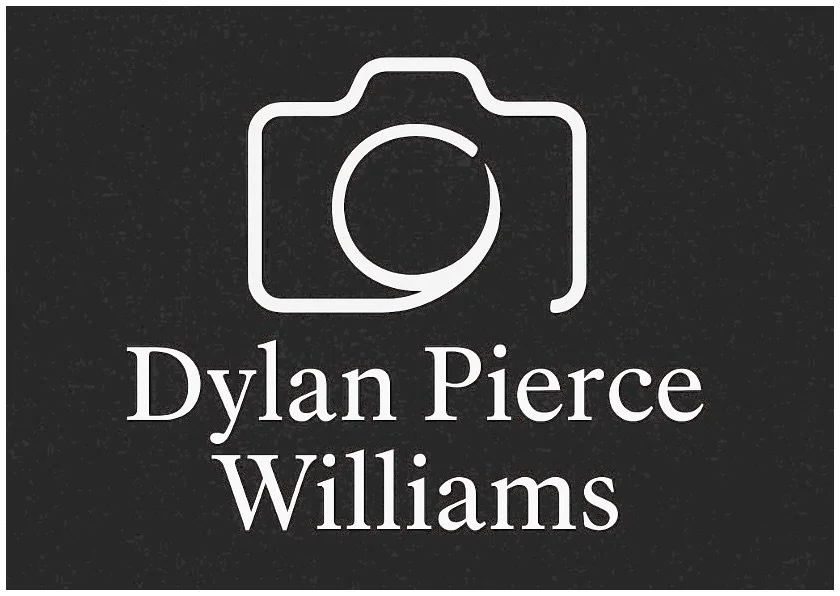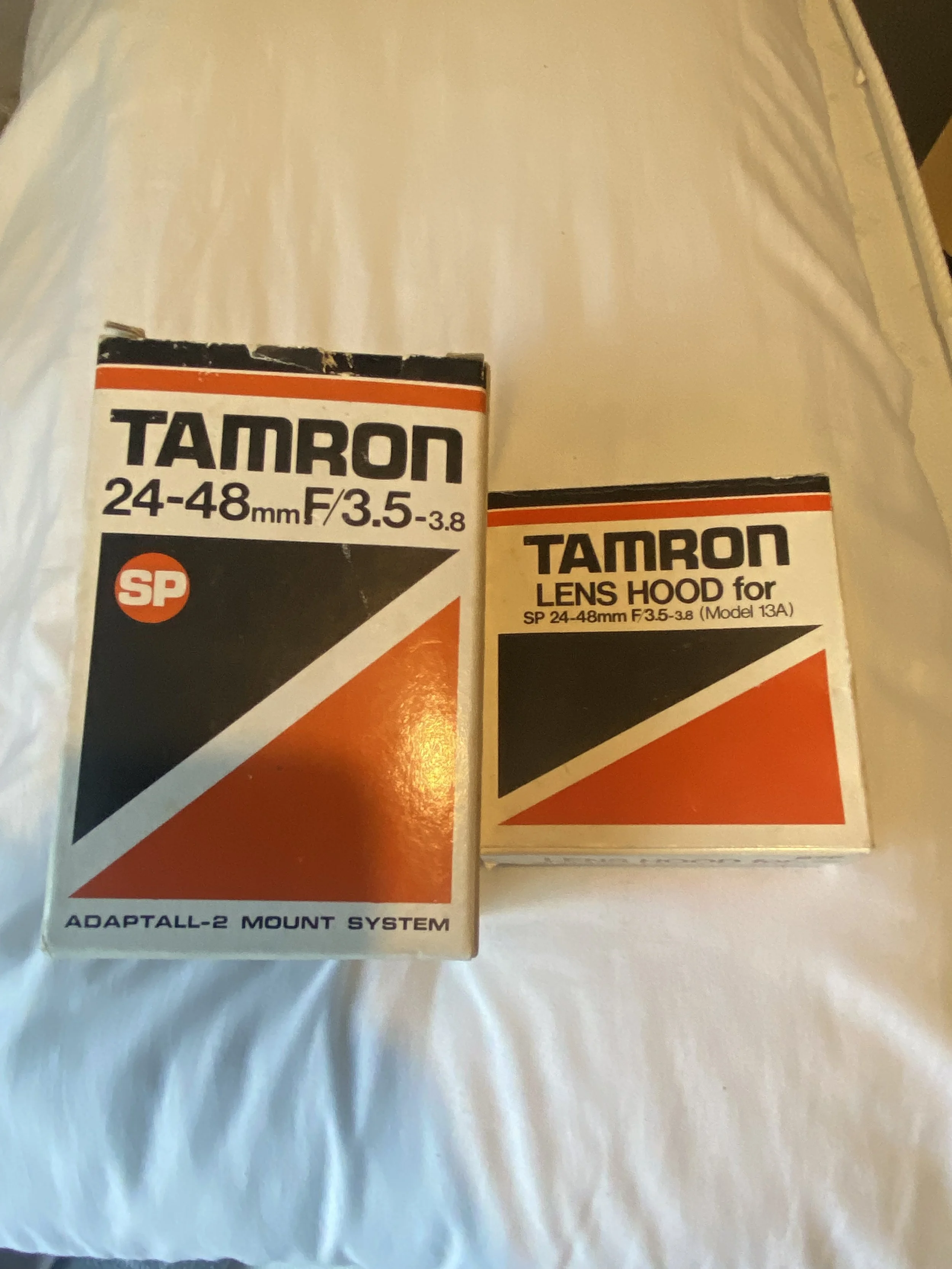A Tale of Two Tamrons
Every lens tells a story, and sometimes those stories reflect more about the photographer than the glass itself.
Over the years I’ve used many lenses, but two Tamrons have left a lasting impression the compact SP 24–48mm and the original BAR 35–80mm f/2.8–3.5. Both are products of Tamron’s ambitious years, when they tried to combine innovation with character, and both have found their way into my camera bag at different times for very different reasons.
The 24–48mm SP arrived from eBay in its original box, complete with the proper hood also boxed, which is a must for this lens. That felt like a small victory, because finding one complete and in good order isn’t easy. It’s a curious little lens: not fast, not especially wide, yet deeply appealing in its own quiet way. On paper it looks like a compromise, but in the hand it feels purposeful. The range is ideal for general photography, and it carries that unmistakable Tamron look a gentle warmth to the colours, a softness that flatters skin, and an overall rendering that feels almost cinematic. It’s one of those lenses that rewards care and attention. It doesn’t shout, it whispers. On a digital body like the D700, it can be surprisingly sharp when treated thoughtfully, though it has its quirks: a tendency to flare if pushed too far, and a loss of contrast in strong backlight. But these aren’t flaws to me they’re character traits. You learn how to work with them rather than against them.
Then there’s the 35–80mm f/2.8–3.5 the original Adaptall SP a very different beast. I found this one on eBay too, for the grand sum of £20. The seller mentioned a tiny scratch on one side of the front element, but it’s so small it’s practically invisible in use. What a lens it turned out to be. Solid, dense, and beautifully engineered, it feels like something made by people who truly understood optics. There’s an honesty to the way it draws a scene. The contrast is stronger than the 24–48mm, and it has a depth that can make even ordinary subjects feel tactile. Focus snaps in with precision, and at its best, it delivers images that feel sculpted rather than captured. The bokeh can be surprisingly smooth for its age, and stopped down it behaves with the quiet authority of a classic prime.
What connects the two lenses isn’t their specifications but their spirit. Both feel like they were made for photographers who wanted to think a little more carefully about their pictures. They aren’t lenses that flatter haste. You have to slow down, to understand what each focal length offers, and to accept that sometimes imperfection carries its own beauty.
Now, working with the D700 and the Nikon FA, I find that these older Tamrons fit naturally into the way I like to photograph. I meter carefully, shoot at low ISO, and prefer to get things right in-camera. I’m not chasing technical perfection I’m looking for atmosphere, tone, and a sense of presence. These lenses, with all their quirks and character, suit that approach perfectly.
When I look back at the images I’ve made with them, I see not just the scenes themselves but the slower, more deliberate rhythm that has come to define my photography. And that, perhaps, is their greatest gift.

